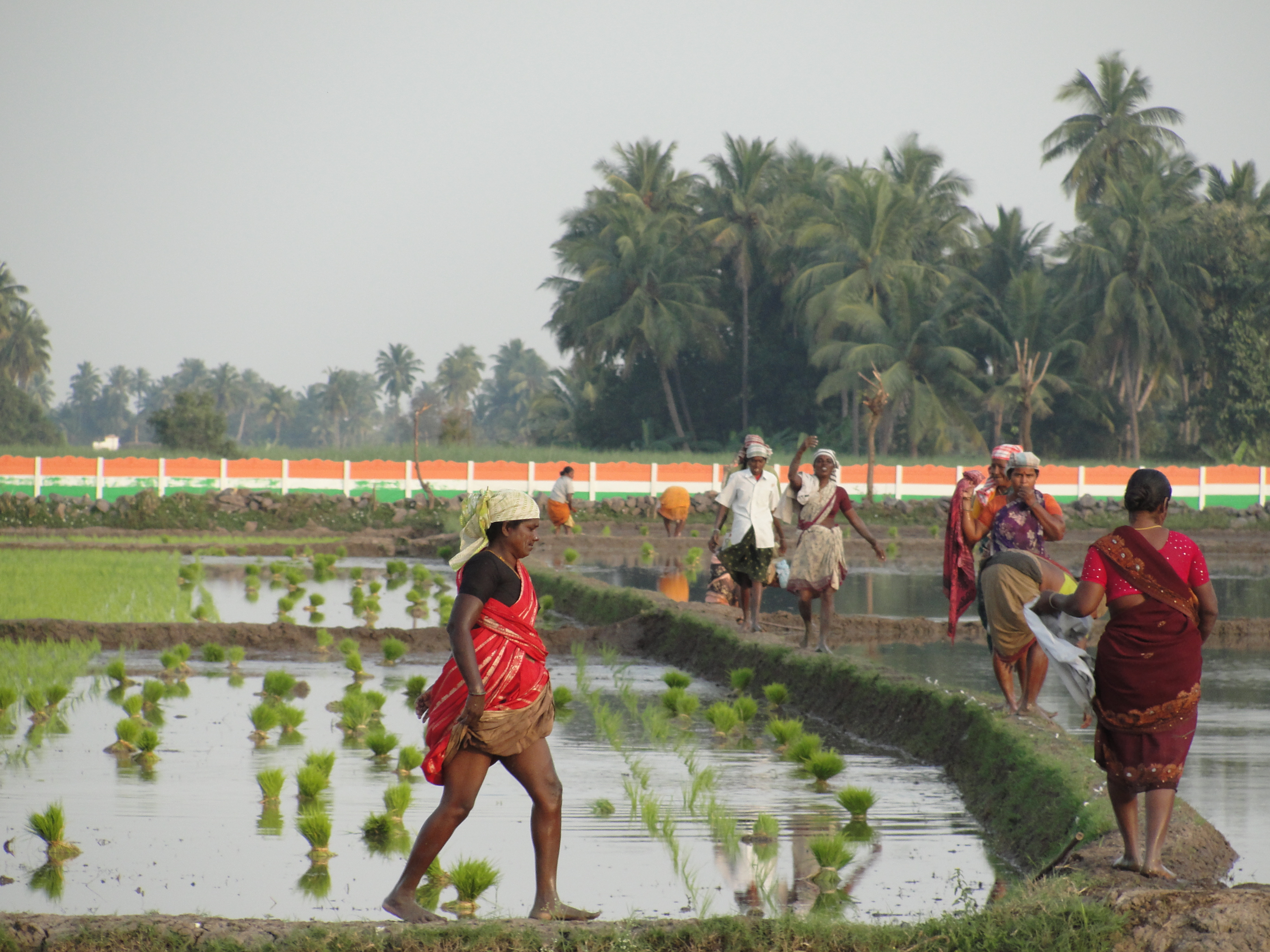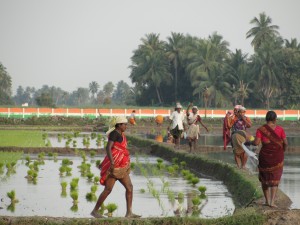Free and Open Source Agriculture


A recent news published online by The Wall Street journal about the Indian Council of Agriculture Research (ICAR) offer of germplasm from its massive seed gene bank at National Bureau of Plant Genetic Resources (NBPGR) to multinational corporations (MNCs) in exchange for expertise and a share of the profits made me to put forth before you about the topic ‘Free and Open Source Agriculture’ which is proposed and discussed by Janet E. Hope (2004), Susan H. Bragdon (2005), Daniel D. Holman (2007) Keith Aoki (2009) and others. It is strange that the ICAR which is an the apex body of the world’s largest National Agricultural Research System (NARS) coordinating, many institutes involved in basic and strategic research, education and extension, is still looking at MNCs for next generation genetic technologies and the for the want of the same, it is going to share/sell its genetic materials. No doubt agriculture in India and elsewhere in the world is facing challenges from the changing climatic conditions, threats from biotic and abiotic factors. India is rich in biodiversity and with the use of agricultural biotechnology, it is now possible to develop new crop varieties that are tolerant to adverse climatic and poor soil conditions, pests, diseases, insects, weeds etc. and build agriculture and food security. The MNCs with their huge investments have taken proprietary rights on most of the rapid scientific and technological advancement tools and products. Now they are looking at harness the public plant genetic resources for the creation of new generation of crops with the use of advanced molecular biology tools.
As per the Convention on Biological Diversity (CBD) 1992, plant varieties are national sovereign resources and with sui generis system of protection in India under the Protection of Plant Varieties & Farmers’ Rights Act, 2001(PVFRP), the plant breeders and farmers have been given rights for conservation, improvement and re-use. Now the question arises once the MNCs takes the role of plant breeders and claim their rights on the improved traditional varieties with the help of biotechnological tools, does the farmers have any right to use the same improved material for his own use? or would they be left with no choice other than to buy the planting material at the cost specified by the MNCs?
As per the PPVFR, the farmers would have the right to claim for rewards from Gene Fund if genes from their local varieties are used for the production of improved material for commercial purpose, they don’t have any right to participate in decision making on matters related to the conservation and sustainable use of plant genetic resources for food and agriculture as suggested in the International Treaty on Plant Genetic Resources for Food and Agriculture (ITPGR) in Article 9.2. However it seems that in man of the decisions on sharing/selling the country’s germplasm, there is no seeking of prior consent from the farmers/communities from whose locations, the germplasm might have been collected.
Under the IPR regime, the free progress of science and innovation is hampering and the fruits are not reaching to the public while, the exchange of knowledge and tools should be a way of life in agricultural research. Hence, I would like to put forth the concept of ‘Open Source‘ in Agriculture and Biotechnology which is proposed/discussed since quite sometime when the Free and Open Source Software (FOSS) and GNU movements had become global movements. In contrary to the proprietary software which gives only license to work, FOSS gives source code and a bundle of rights to the user to use, reverse engineer, learn, share and improve it. We are seeing now many FOSS products which are built by the community and are very good. These products are licensed as ‘Copyleft‘ or ‘Share Alike‘ of creative commons and or GNU Public License which requires that the copies or adaptations of the work to be released under the same or similar license as that of original.
This concept of FOSS initiative in agriculture has not taken up as a policy by the public funded research institutes. Though the germplasm is being received and sent (shared) by material transfer agreements (MTAs), many of the breeders are not exploring the concept of ‘Share Alike‘. When the crop improvement is being taken up by both public and private, the MTAs should have the licensing terms which asks the agencies to share their improved materials in the similar terms to the public for further use and development without seeking any royalties for the further improvement and use. Recently, there are reports that there is a charge against the Bt Brinjal’s developers in India for violation of the Biological Diversity Act, 2002 and allegations that they had accessed Indian varieties of brinjal for the development of genetically modified ‘Bt Brinjal’ without prior permission from the National Biodiversity Authority (NBA). These issues could be avoided when the materials are freely available to everyone to use and also for re-use.
Though there is a provision for ‘Compulsory License‘ under PPVFR for undertaking production, distribution, and sale of the seed or other propagating material on the grounds that the reasonable requirements of the public for seeds or other propagating material of the variety have not been satisfied or that the seed or other propagating material of the variety is not available to the public at a reasonable price, there is no provision for the use of the material for further improvement.
The FOSS movement had not built in one day but its a continuous building movement. And if this initiative to happen in agriculture, it would be a great thing. However, for that it needs greater advocacy and to be built by the convinced breeders/farmers. Centre for Sustainable Agriculture from Hyderabad in India which is working for sustainable agriculture is now exploring the concept called ‘Open Source Seeds‘. In the world, the BiOS Initiative of Cambia (BiOS – Biological Innovation for an Open Society) is the one which is based on the GNU/FOSS model and is sharing enabling technologies with large community of innovators under ‘Protected Commons‘. The BiOS licenses when employed for MTAs, would enable the public to access to the technologies freely and there would not be any prevention of the same by appropriation of IPR rights by private players.
 Follow
Follow